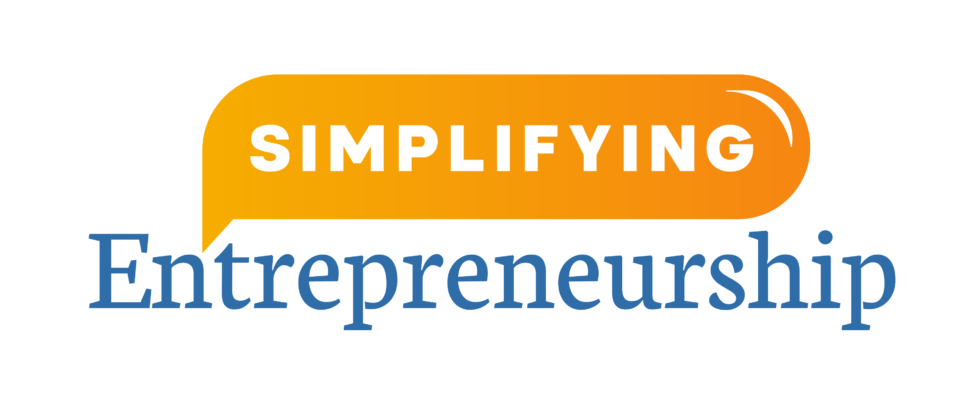From “when are you free?” to “what’s next”
Centuries ago, we relied on slow methods of communication. It took months, sometimes years, to connect with people far away. As we moved into cities and work became more industrial, all that began to change. Eventually, we expected rapid communication.
Our society shifted from one of patience to instant gratification. In the workplace, no matter the industry, people learn to expect immediacy. Patience was no longer a virtue.
Perhaps you’ve encountered this in your career. Calls for meetings are more urgent than actual productivity. We all love to look busy.
Yet the world is increasingly shifting toward remote work. This trend began even before the pandemic, and now it’s becoming normal. Some business owners have balked, insisting that the lack of in-house meetings and instant communication will hurt productivity.
But will it? After all, we’re the days of the pony express in the carrier pigeon are long behind us. It is now possible to communicate quickly even if people are miles away dash or halfway around the world.
And this could be a good thing, as it allows people to work when they are best able to work. Is it really a benefit to have a morning meeting if half the people must chug coffee to stay awake during it?
Whether you have a fully remote business or hybrid workplace, here’s why you can benefit from what we call asynchronous communication.
Do you synchronize your workplace?
Synchronicity in this context means same time, same place. Many business owners believe they need their teams to be physically and mentally present to achieve results. Those urging for a return to the office often mention the alleged benefits of in-person meetings.
For every boss who encourages this, though, there are many more workers who do not see the benefits of meetings. We’ve all said at one point, “This meeting could have been an e-mail.”
And while unnecessary meanings may seem like a mere annoyance, they can and do hurt productivity. People whose valuable energy and time are tied up in meetings are less able to implement their talents.
That’s not to say that we should never have meetings. Rather, it’s that an asynchronous approach may work better.
The magic of asynchronous communication
Asynchronous communication means that people can exchange content, feedback, or questions on their own time. E-mail is the most traditional form of asynchronous communication. You could still send relevant information to a colleague, or request feedback on a project, but you don’t have to hop on a call to accomplish that.
Obviously, e-mail has its limitations. That’s why many professionals do rely on meetings. During the pandemic, teleconferencing tools such as Zoom became wildly popular.
But that’s another form of synchronous communication. Is there something between the passive e-mail and the real-time Zoom meeting?

Absolutely. We’re seeing the emergence of asynchronous communication tools such as Slack, Loom, and other tools that allow audiovisual communication, even if not in “real time.”
It’s a multimedia form of gathering feedback and driving progress on our projects. For example, Loom is a tool for speaking about something shown on-screen. This audio communication doesn’t rely on the traditional phone call.
E-mail is text-heavy and easily misunderstood. But tools such as Loom allow colleagues to gain the benefits of face-to-face communication without the need to coordinate their schedules.
How asynchronous communication build stronger teams
We all have different working styles. Moreover, we all have different chronotypes, which describe our circadian rhythms and when we are the most energetic, physically and mentally.
A workforce rarely comprises people of entirely the same working style or chronotype. Everyone has different times of day when they are most creative, focused, and receptive to feedback. You’ve likely met a coworker or two who got “hangry” at meetings just before lunch hour.
Forcing everyone to show up at the same time for meetings also prioritizes convenience over talent. Have you ever felt that you didn’t do your best at a meeting because it was not during a time when you could do your best?
Sometimes, a real-time meeting is all you can do. However, regularly using asynchronous communication ensures that everyone’s time is respected. Better yet, they can provide feedback, gain insights, or answer questions when their energy is best suited to it.
That means an asynchronous approach can strengthen your team. You are no longer battling the space-time continuum to accommodate everyone’s quirks. They can shine whenever is the best time and place for them to shine.
With these benefits, it’s no wonder that asynchronous communication tools such as Slack and Loom are becoming more popular in the workplace.
E-mail has retained a formal role, as the now old school digital communication where people may take more time to process and respond. On the opposite end of the spectrum, there are chat apps that make rapid communication easier, even across time zones.
But in this digital age, one of the top tools we’ve seen is the ability to create rich media experiences where we can share information and ideas asynchronously. However, we could still retain the human touch.
For example, teleconferencing tools will now record presentations, complete with the speaker’s face, and they can be watched by other colleagues later. It retains the value of face-to-face messaging without placing undue demands on people’s time.
Achieving a work-life balance
Whether you run your business or are seeking additional freedom with a side hustle, you likely know the time sink those meetings can cause. Once you start your own enterprise, you will quickly find yourself booked for more meetings than you have ever had in your life. That makes it difficult to devote your energy to growing your business.
Indeed, entrepreneurship often requires either booking employee meetings, contractor meetings, or both. It’s quite easy to find all your spare time quickly wasted on meetings and calls, especially as entrepreneurs tend to leverage digital collaboration.
Asynchronous communication and collaboration are vital to entrepreneurial success. They give you the freedom to speak with clients or coordinate your team at a time that best works for you.
Plus, they allow your clients and remote workforce to engage with you from anywhere in the world. This not only saves you precious time but also ensures that even a remote team can deliver their best ideas and results.
All of that contributes to balance, aka entrepreneurial freedom. You’ll often find that lengthy meetings are no longer necessary if people can easily clarify their comments on a Loom recording.
You can also preserve your critical hours where you can achieve a flow state. Asynchronous communication spares you from sacrificing that precious time for yet another meeting.
Asynchronous communication is also empowering. Your team is more confident and competent when they have time to focus on their projects.
Multiple studies have shown that frequent meetings severely derail workers’ productivity. By letting people communicate as necessary, you give them a chance to shine.
Plus, asynchronous communication makes organic conversation more likely. The water cooler is overrated. When people can drop each other a Slack message or share comments directly on a project, they’re more likely to collaborate naturally. Let’s face it: e-mail and phone calls are very restrictive at times.
Would you like to promote camaraderie and collaboration among your team? Give them an asynchronous communication tool to help make it happen.
Wrapping up
We’re all busy people. So, it’s not always feasible nor ideal to have everybody in the same place, same time. Asynchronous communication gives us all a chance to best leverage our energy and time. We can communicate on our own terms, which means we can collaborate on our best terms.
This article was loosely based on a conversation that Pete Mohr had with Rob Rawson on the Simplifying Entrepreneurship Podcast





0 Comments